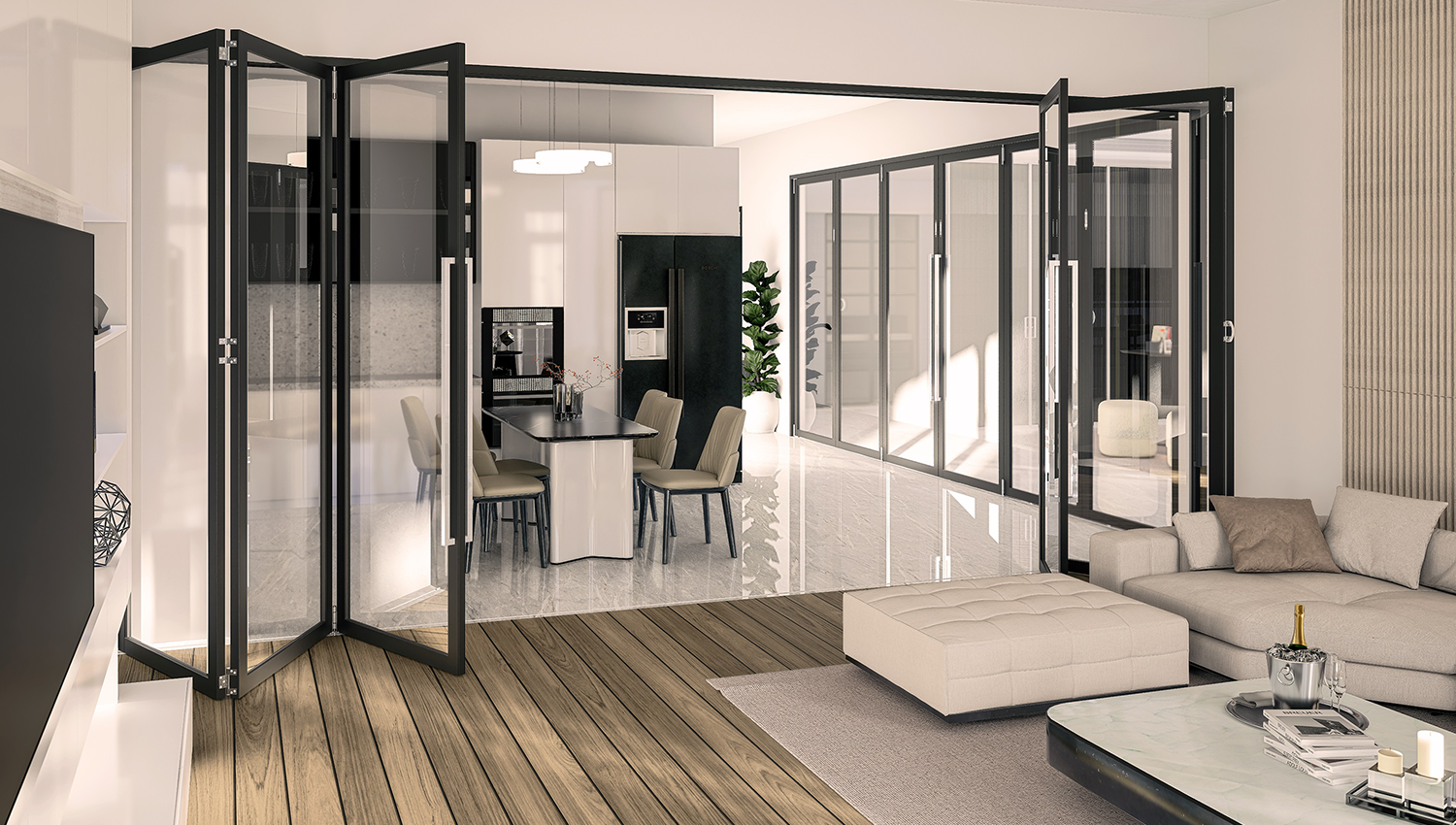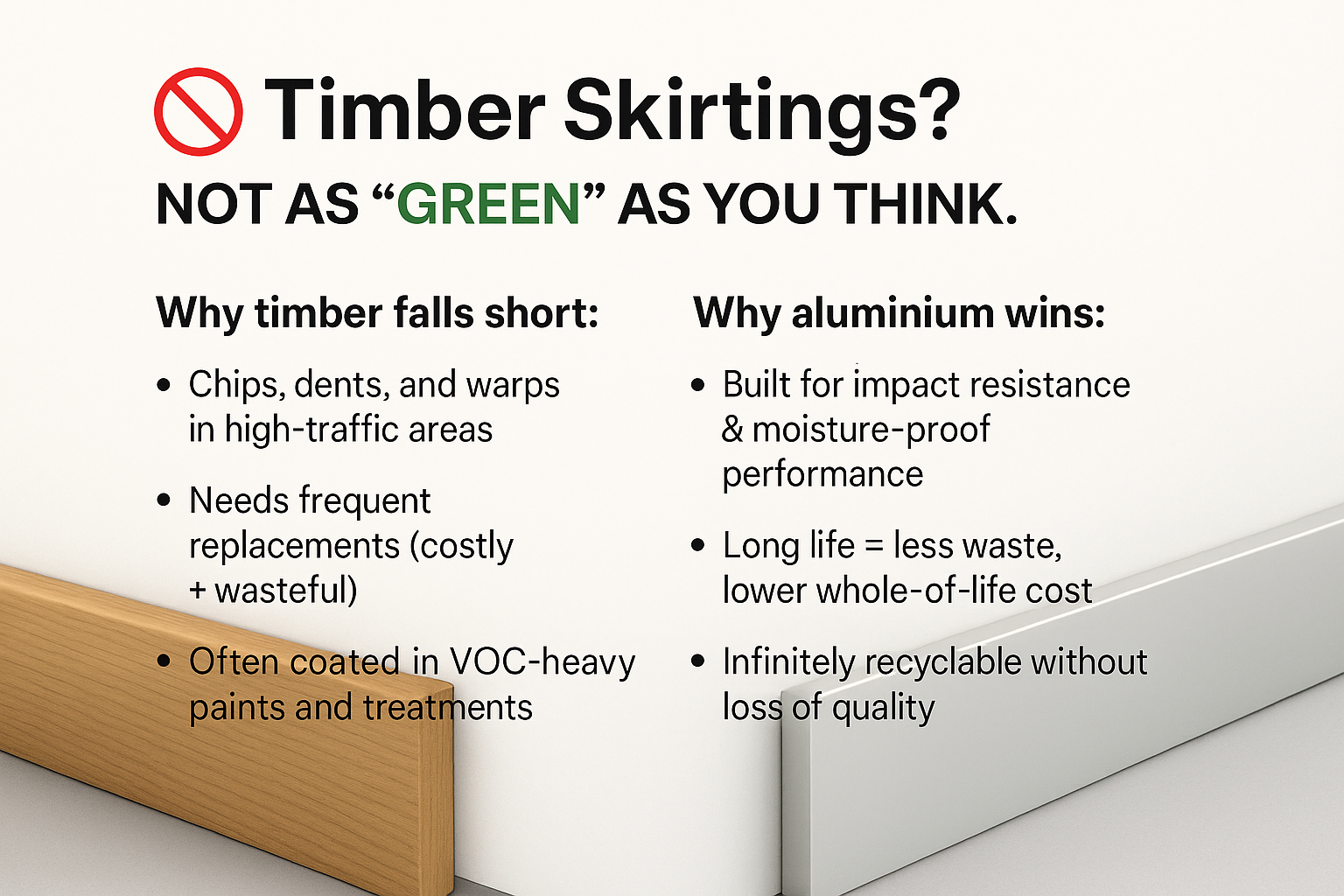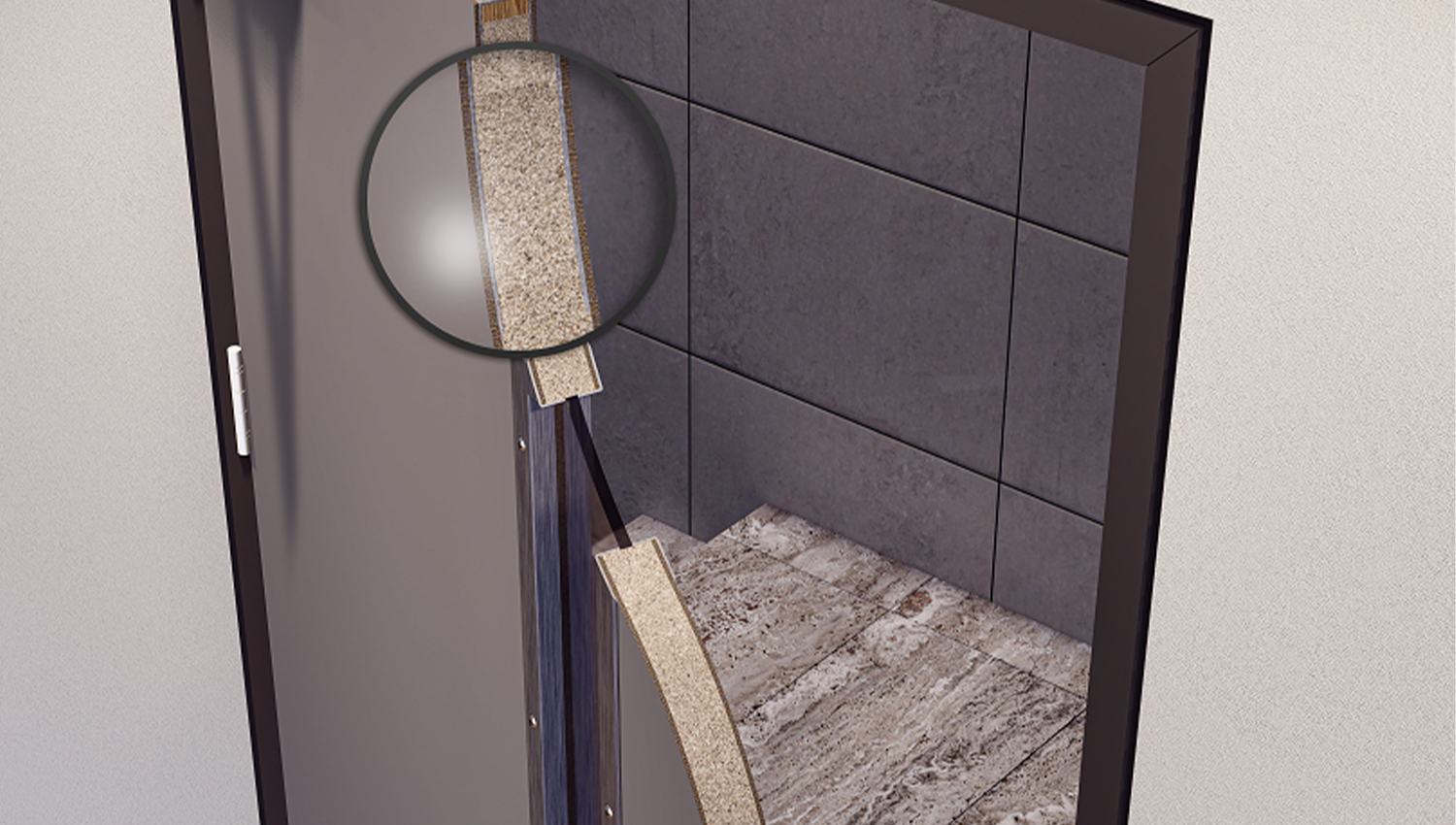
Aluminium, a silvery-white, lightweight metal, has significantly shaped the landscape of modern architecture. Its journey from a precious metal to a cornerstone in construction projects underscores its remarkable versatility and enduring appeal. This article delves into the architectural significance of aluminium in contemporary building design, focusing on its versatility, strength, and aesthetics.
In the realm of contemporary architectural design, the combination of aluminum and glass stands as a beacon of innovation and aesthetic sophistication, particularly in the creation of elegant partitioning systems. This blend not only maximises natural light flow, enhancing the openness and airiness of spaces, but also introduces a sleek, minimalistic elegance that can transform any interior. A prime example of this innovative marriage is the Svelte Suite by Criterion Industries. This slim partitioning system epitomizes the seamless integration of functionality and style.

In the dynamic world of architectural design, aluminium stands out as a material that marries strength with elegance, offering unparalleled versatility for interior fitouts. Its adaptability is showcased in a variety of applications, from sleek hinged aluminum doors such as the Aurora door that provides a contemporary look and feel, to innovative sliding door systems such as the Niagara that offer space-saving solutions without compromising on style. Moreover, acoustic aluminum doors are a testament to the material's functionality, addressing the growing demand for privacy and noise control in both residential and commercial spaces.
Aluminium is highly recyclable, which reduces its carbon footprint and bolsters its status as a material of choice in green building practices.
Incorporating aluminium in architectural designs enhances energy efficiency, thanks to its excellent insulation properties and ability to support reflective and low-emissivity (Low-E) coatings.

The development of new aluminium alloys promises even lighter, stronger, and more flexible materials for future construction projects.
Advances in fabrication technology, including 3D printing and automated manufacturing, are set to expand the possibilities for customised aluminium components in architecture.
Conclusion
Aluminium's role in modern architecture is undeniable. Its versatility, strength, durability, and aesthetic appeal make it a pivotal material in contemporary design. As we look to the future, aluminium's potential in sustainable and innovative architectural practices is boundless, promising to shape the built environment for generations to come.
Written by Lachlan Sabransky

When we think of luxury homes, the focus often falls on architectural statement pieces – expansive glazing, bespoke joinery, or curated finishes...

Right now, specifying timber skirtings is popular – but when we look at the bigger picture, the environmental and performance realities tell a different story...

When it comes to commercial fitouts, safety and compliance are just as important as design and durability.